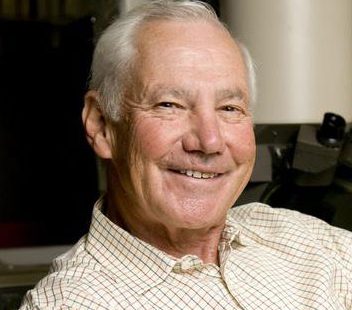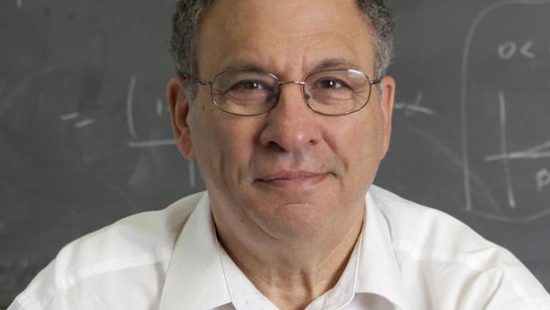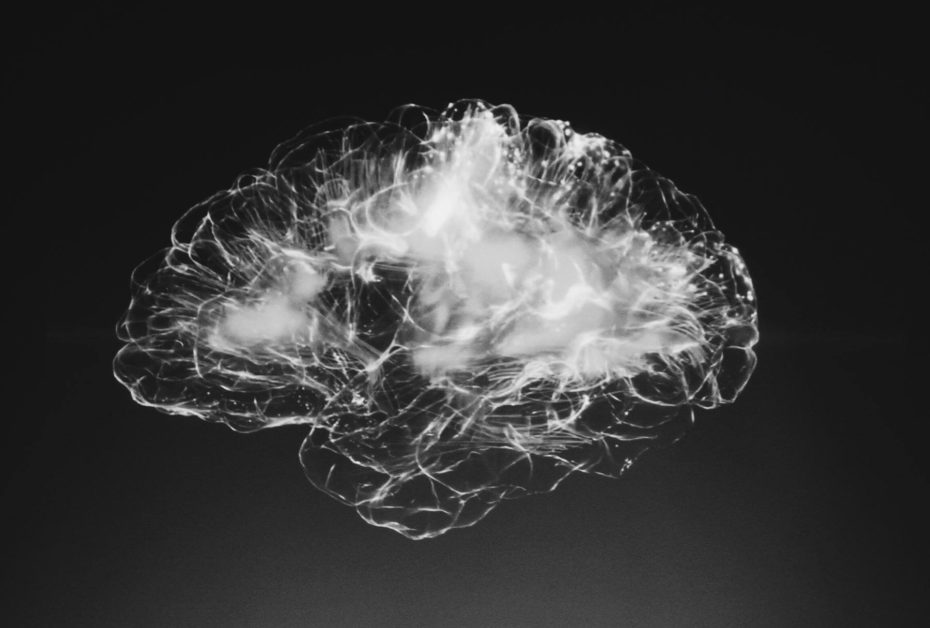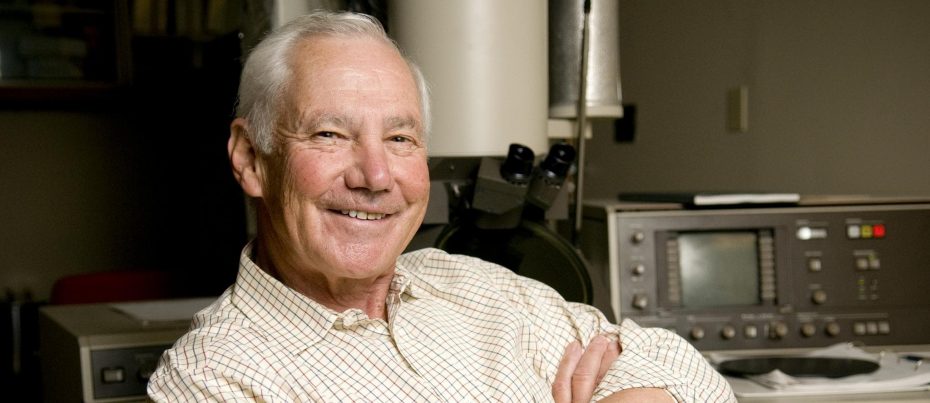While working at Weizmann Institute in Israel, Daniel Nathans received a letter from a colleague who discovered a restriction enzyme that cut the DNA of bacteria at specific sites along the double helix. Nathans was inspired to apply that same enzyme to his work on viruses that cause tumors in animals and on cellular responses to growth factors, the mechanisms that cause cells to grow and multiply.
He broke apart the long twisted strands of DNA molecules by using a restriction enzyme, and reconstructed the molecules in different combinations to help solve basic problems in biology. Restriction enzymes cut what is being tested in precisely defined and predictable places. By using a variety of enzymes, each dissecting in a different specific part of the strand of DNA, researchers can take apart the double helix bit by bit, studying specific pieces and the effects of removing a piece.
Nathans groundbreaking use of the technique became one of the most fundamental tools in genetic research, and provided the groundwork for the worldwide effort to map the human genome. Restriction enzymes have led to prenatal tests for cystic fibrosis, sickle cell anemia, muscular dystrophy, hemophilia and many other genetic diseases.
By Jen Santisi







